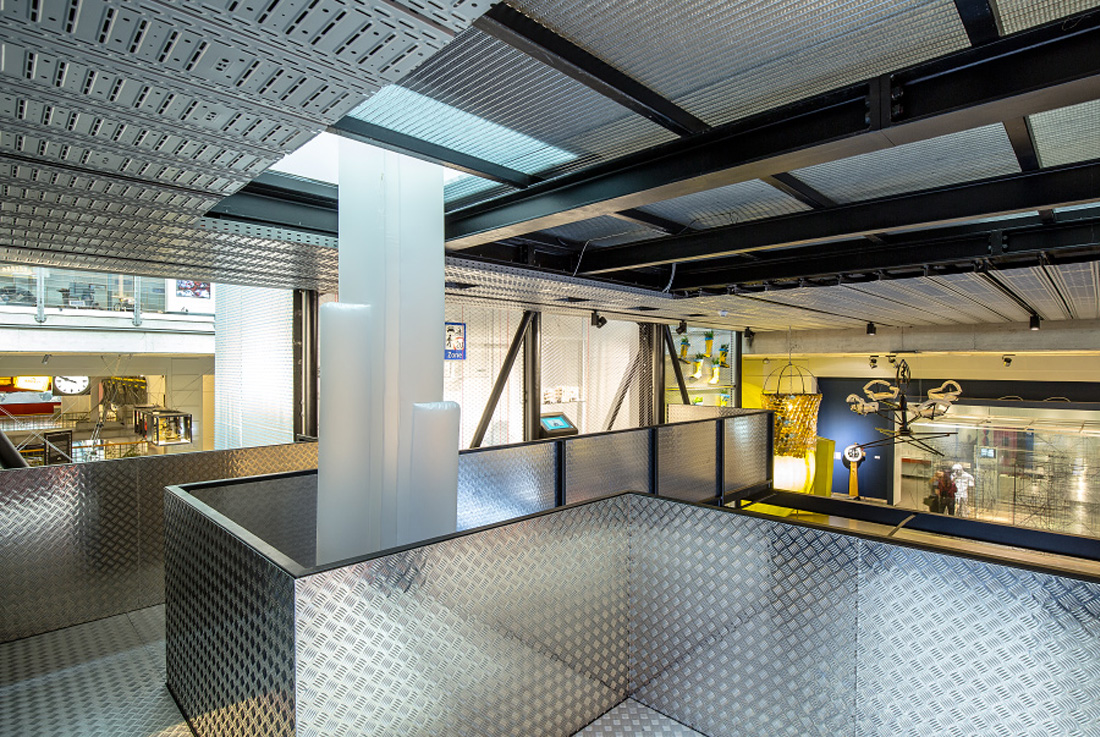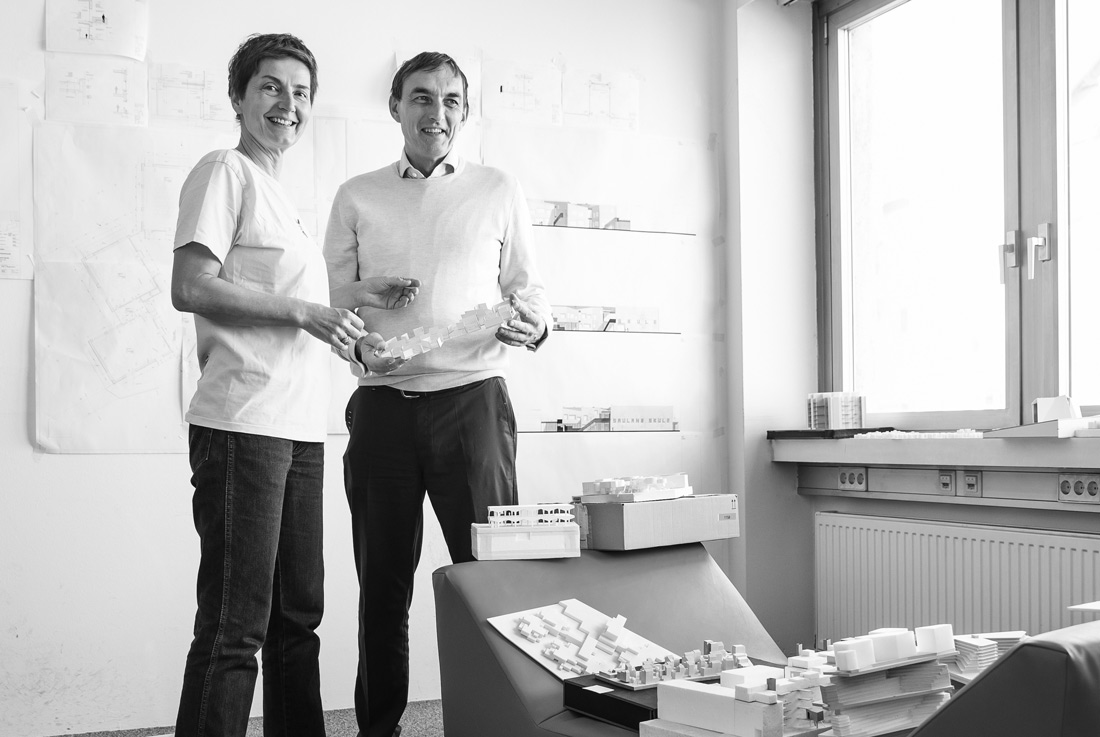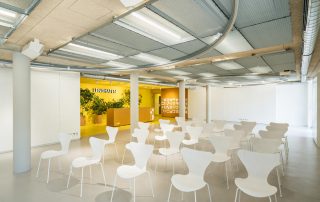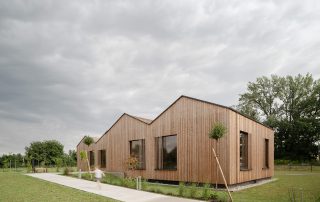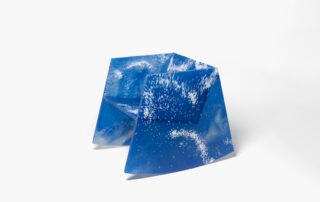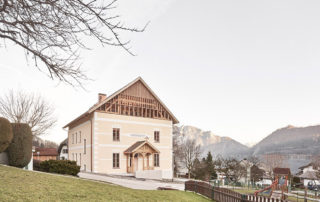The exhibition architecture interacts with the scenography on eye-level: The space itself is informative, not only a display. Different qualities and attributes relating to the Future of the City like “dense” or “stimulating” can be physically experienced.
By opening ceilings, floors, and walls over four levels, new spatial relations are inscribed into the Exhibition Space. Salon-style hang vs. white cube. The different scales of city, house, apartment, room, through to surface details meet and converge in the exhibition architecture. Where possible, the architecture in and of itself exemplifies the exhibition’s message: The pure space is used as a bearer of information. The exhibition visualizes the topic’s complexity by approaching it from different viewpoints, including material-technical, statistical-sociological, urbanistic, and architectural-atmospheric perspectives. Paths create a link to the Museum’s permanent collection. Despite the topic’s complexity we can conclude that the city in the Anthropocene is plannable to a considerable extent and presents a challenge to everyone interested and the planners in particular.
What makes this project one-of-a-kind?
The topic of the exhibition seemed predestined for failure in light of the current speed of urban transformation – a perfect reason to take up the challenge. The curators at the Technical Museum consistently chose new and unorthodox ways to present the content: Instead of the conventional approach of coming up with a curatorial concept for the architecture to follow, an intense process of exchange let the concept and the space merge step by step. Following topical keywords – inno-vative / diverse / timely / stimulating / dense / what if? / made / linked / moved / high / controlled – curators and architects developed and organized the topics over the span of several months.
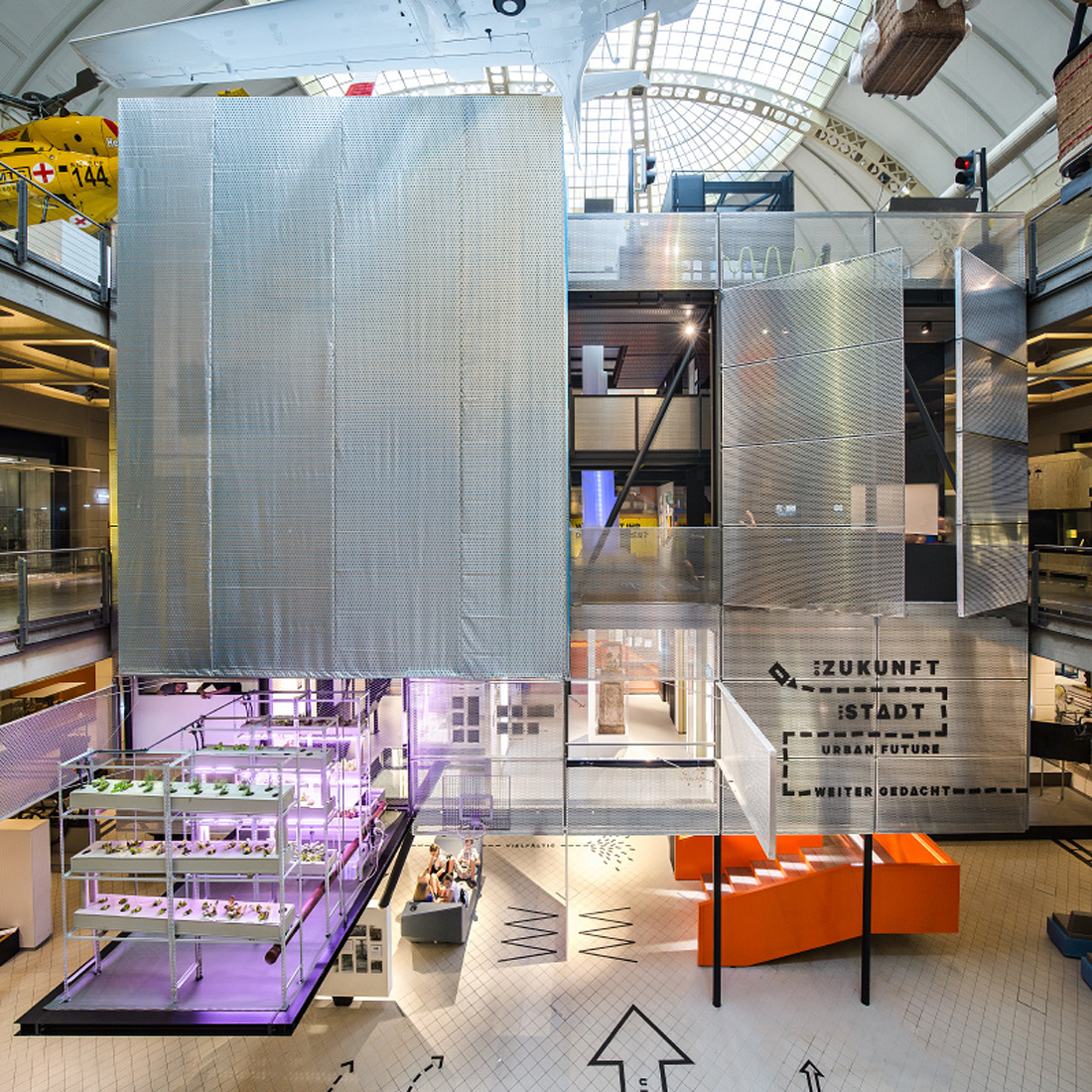
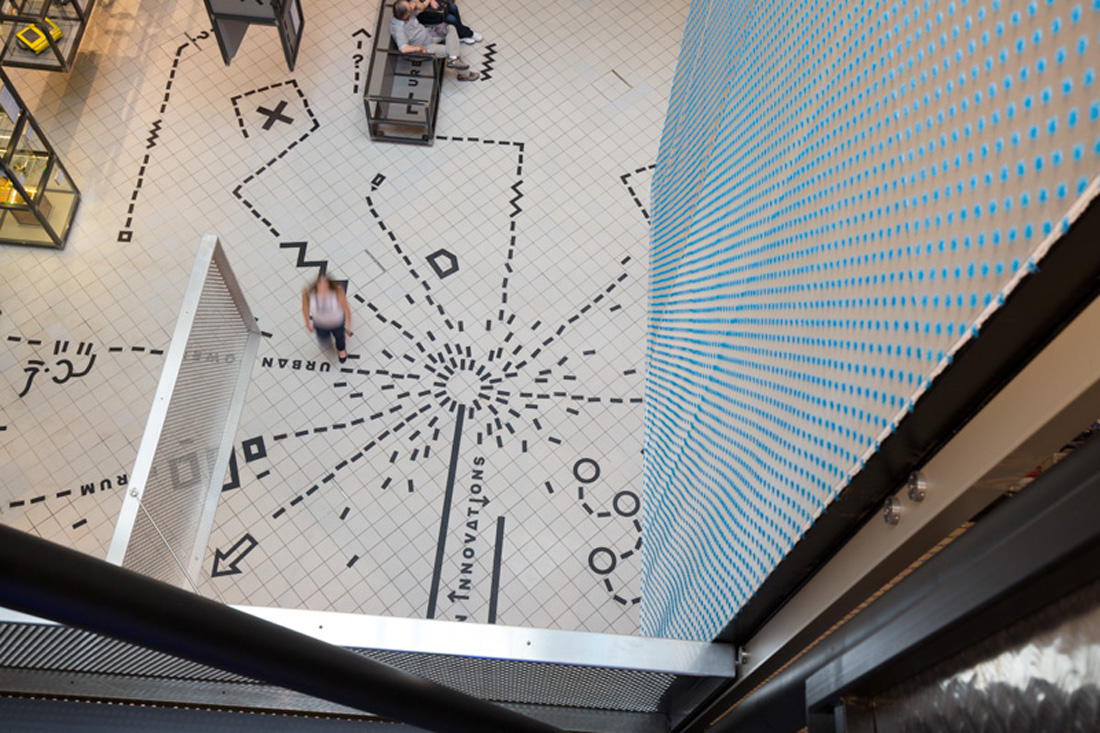
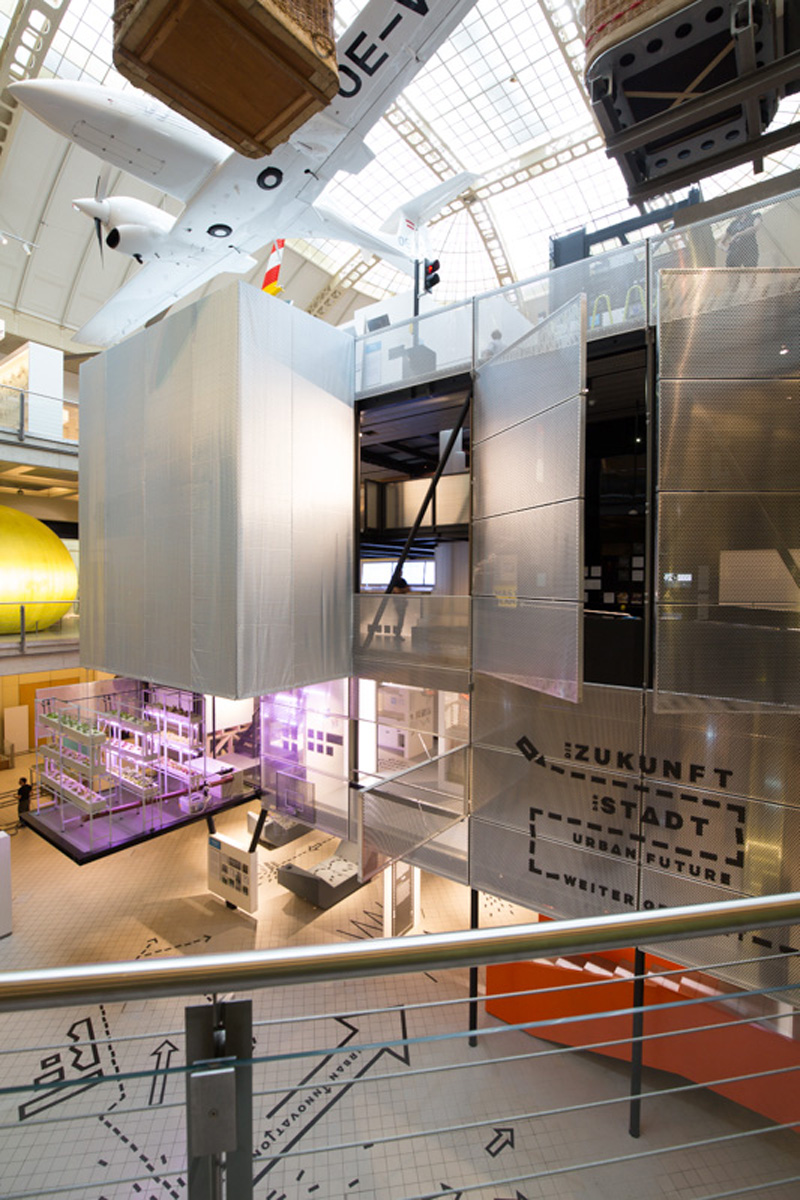
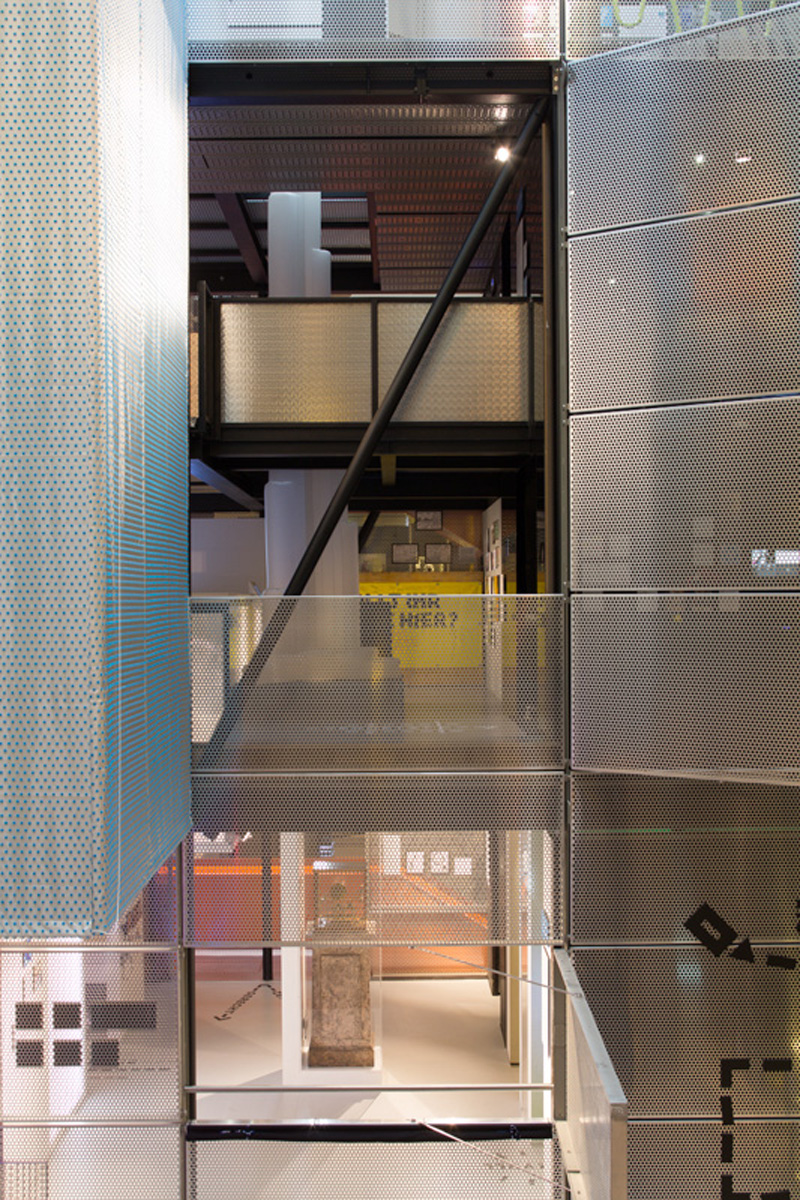
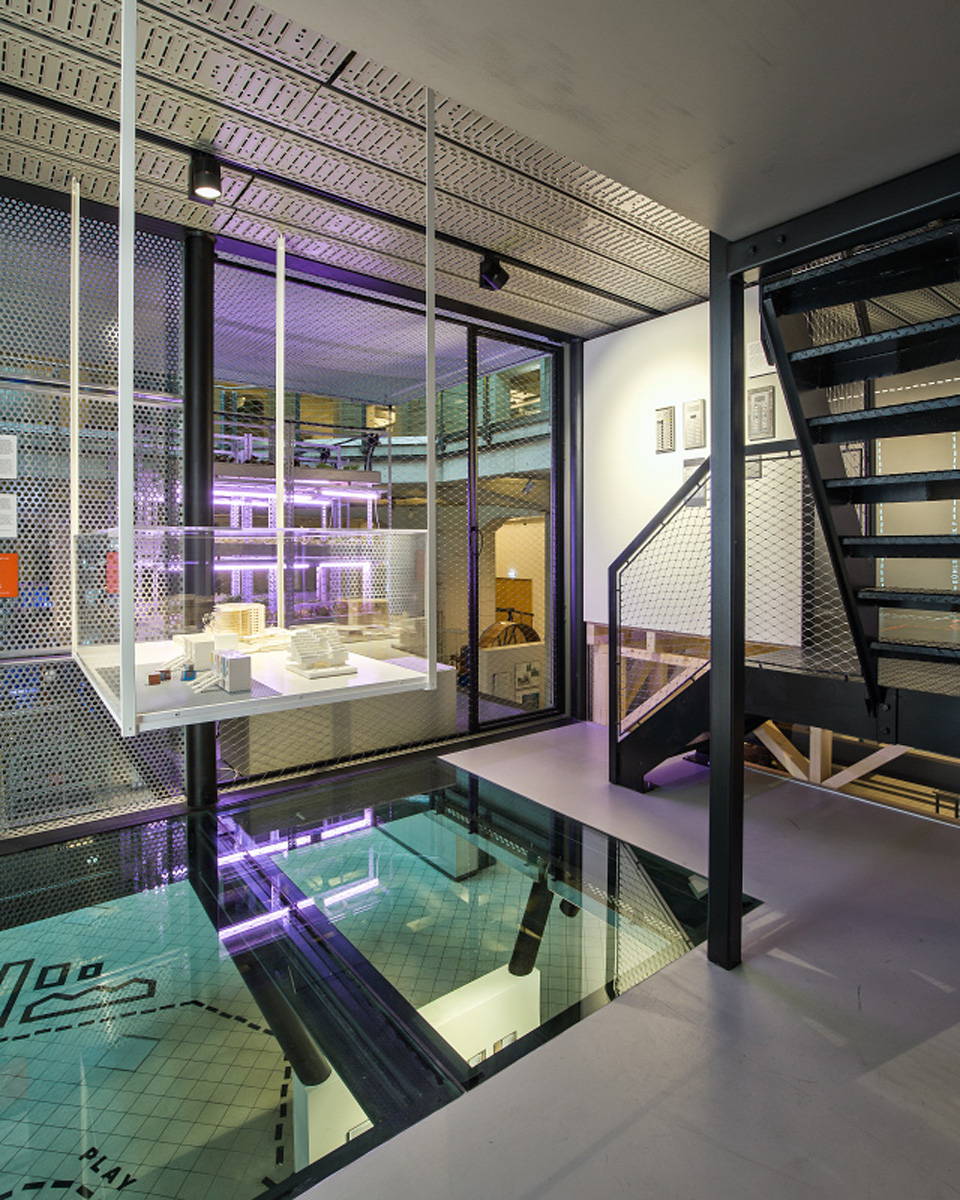

Credits
Autors
PPAG architects ztgmbh; Anna Popelka, Georg Poduschka
Client
Technical Museum Vienna
Year of completion
2016
Location
Vienna, Austria
Total area
1000 m2
Site area
450 m2
Photos
Peter Bauer
Project Partners
Bleed Design Studio


